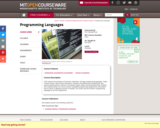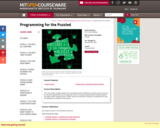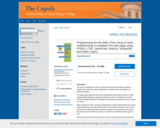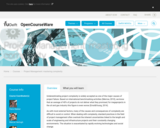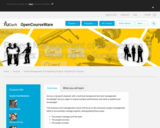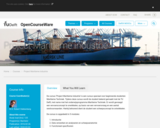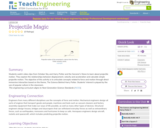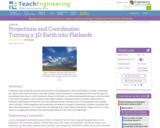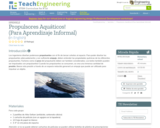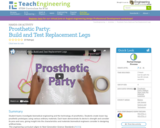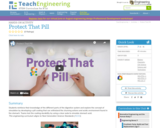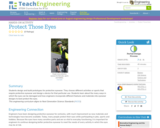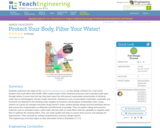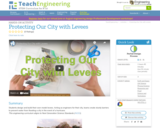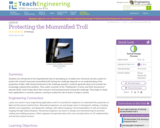
Unlike some other textbooks, this one does not follow a top-down narrative. Rather it has the flow of a conversation, with backtracking. We will often build up programs incrementally, just as a pair of programmers would. We will include mistakes, not because I don’t know the answer, but because this is the best way for you to learn. Including mistakes makes it impossible for you to read passively: you must instead engage with the material, because you can never be sure of the veracity of what you’re reading.
The main programming language used in this book is Racket. Like with all operating systems, however, Racket actually supports a host of programming languages, so you must tell Racket which language you’re programming in.
This textbook has been used in classes at: Brown University, Cal Poly, Columbus State University, Northeastern University, NYU, Reed College, UC-San Diego, UC-Santa Cruz, University of Rhode Island, University of Utah, Westmont College, Williams College, and Worcester Polytechnic Institute.
- Subject:
- Applied Science
- Computer Science
- Material Type:
- Textbook
- Provider:
- Brown University
- Author:
- Shriram Krishnamurthi
- Date Added:
- 07/07/2021
